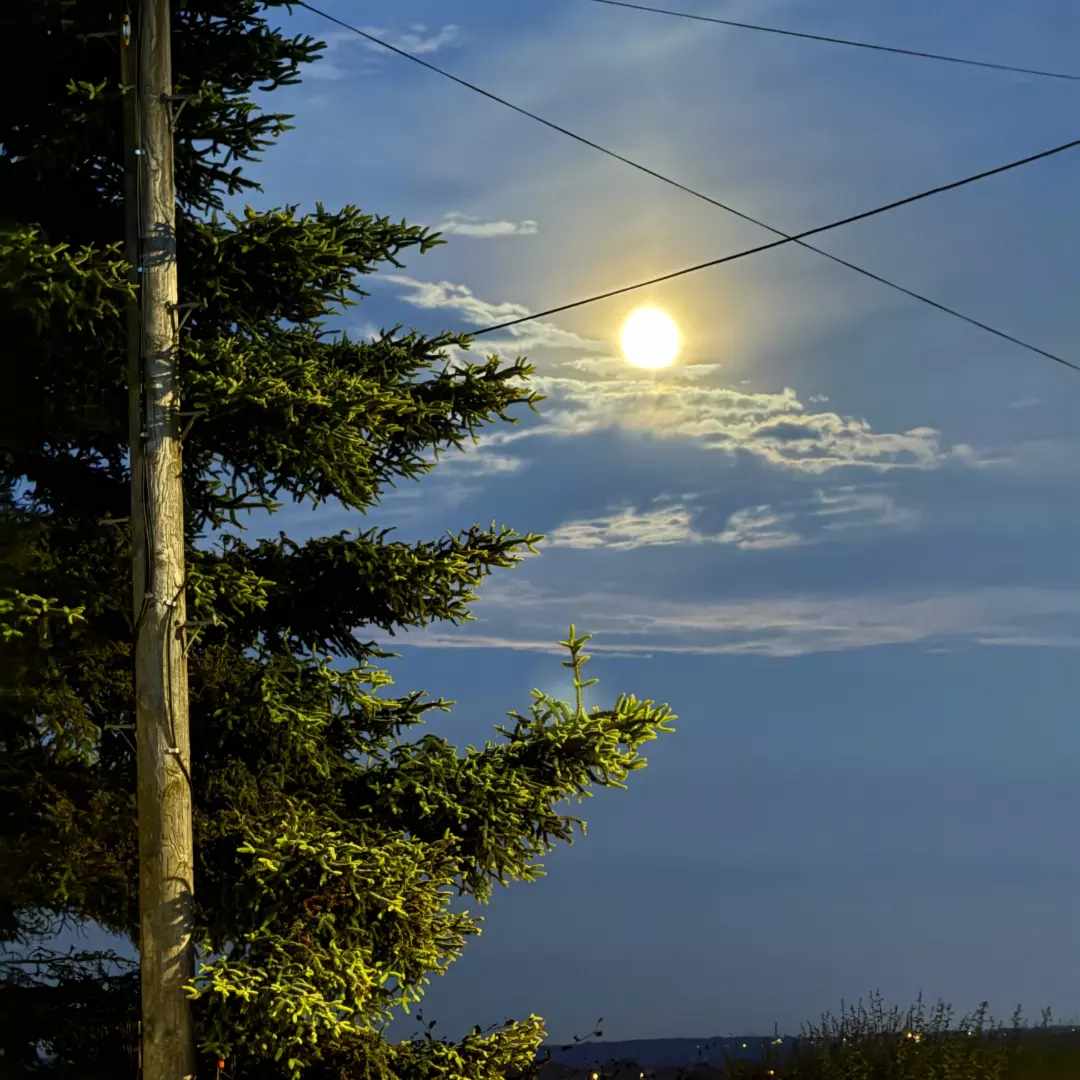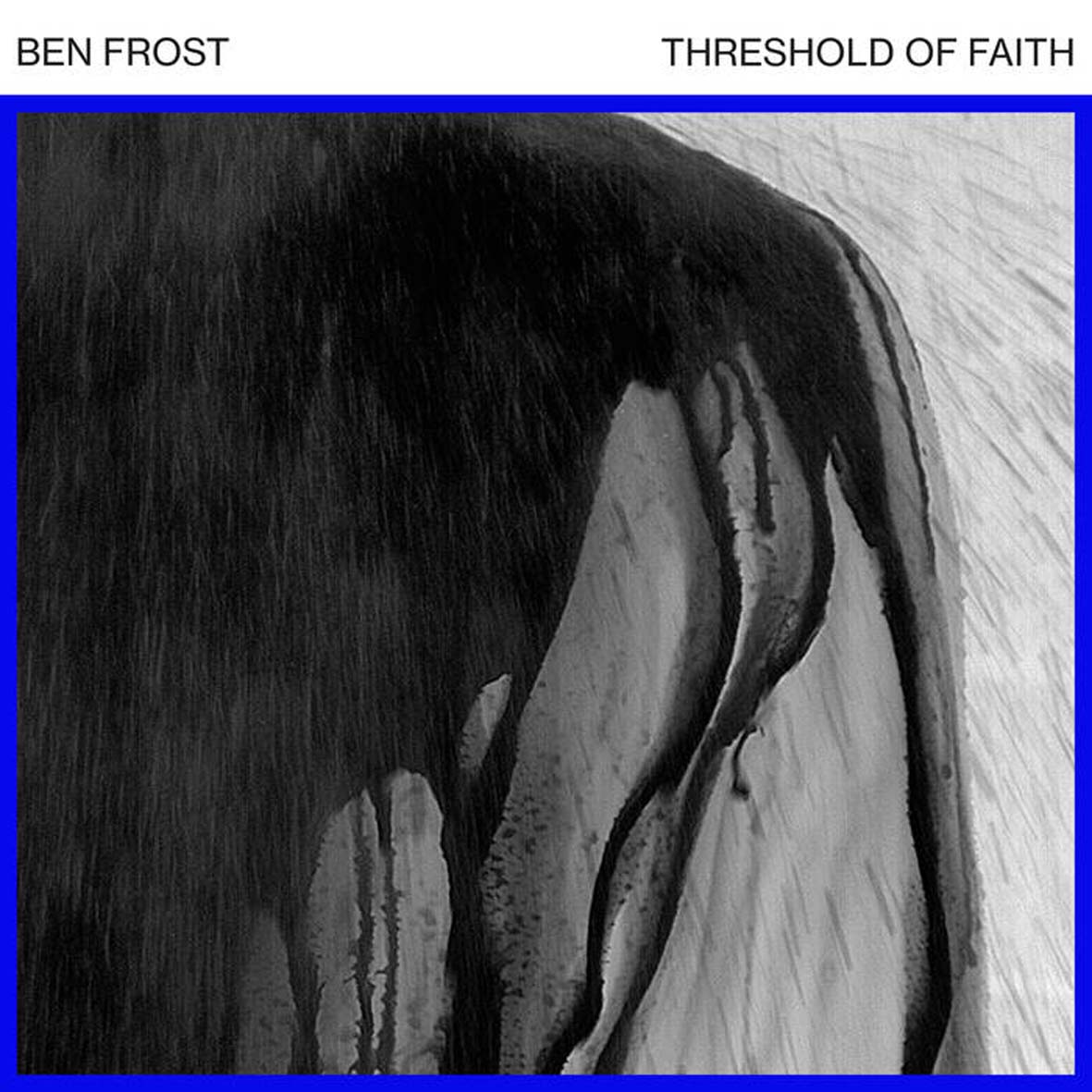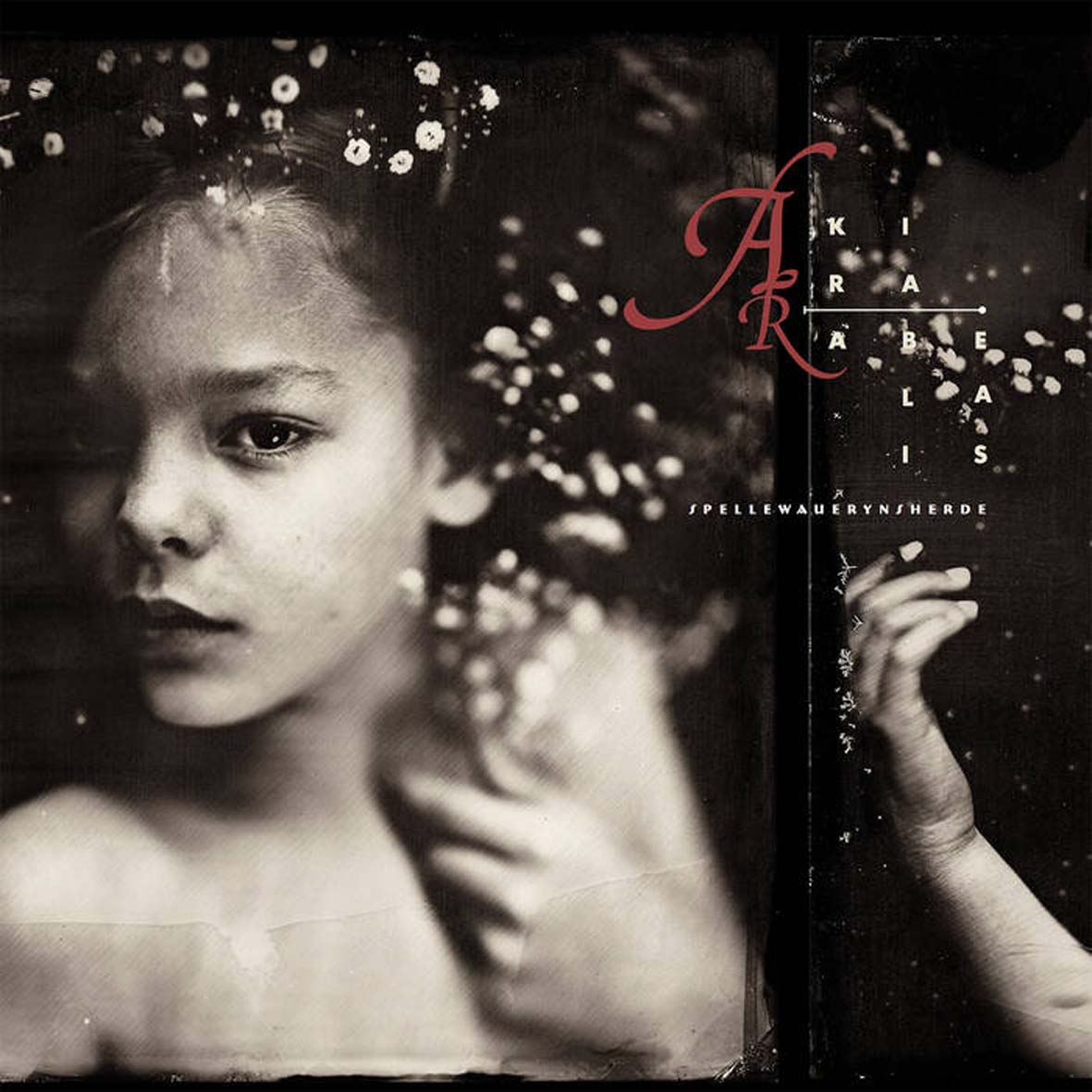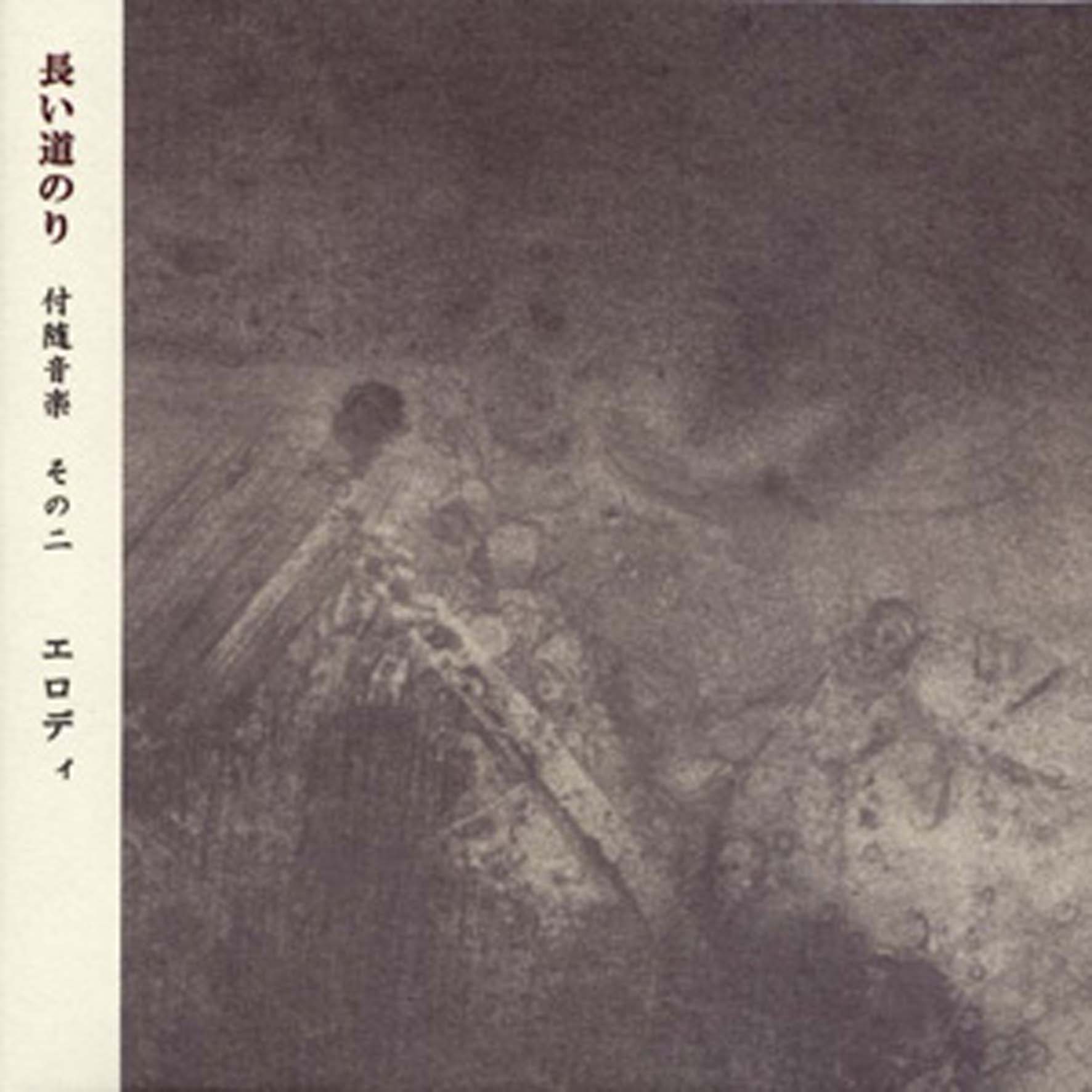 Compared to the multimedia project Sirens from last year, Thanasis Kaproulias’s latest work as Novi_sad is more of a return to his older style as far as composition goes. The single piece that makes up this album may be less concept-heavy, with the only information included being that is is based on environmental recordings in the US, Sweden, Brazil, and the Greek countryside. But even stripped back to just music, Wound_Burner excels in both its diversity and its sense of cohesion. Throughout the 45 minutes he mixes in digital interference, noisy found sounds, traditional electronics, and even voice (courtesy of Irini Kyriakidou in a swirling, yet structurally consistent and gripping album.
Compared to the multimedia project Sirens from last year, Thanasis Kaproulias’s latest work as Novi_sad is more of a return to his older style as far as composition goes. The single piece that makes up this album may be less concept-heavy, with the only information included being that is is based on environmental recordings in the US, Sweden, Brazil, and the Greek countryside. But even stripped back to just music, Wound_Burner excels in both its diversity and its sense of cohesion. Throughout the 45 minutes he mixes in digital interference, noisy found sounds, traditional electronics, and even voice (courtesy of Irini Kyriakidou in a swirling, yet structurally consistent and gripping album.
Hotter than July. This week's episode has plenty of fresh new music by Marie Davidson, Kim Gordon, Mabe Fratti, Guided By Voices, Holy Tongue meets Shackleton, Softcult, Terence Fixmer, Alan Licht, pigbaby, and Eiko Ishibashi, plus some vault goodies from Bombay S Jayashri and Pete Namlook & Richie Hawtin. Solstice moon in West Midlands, UK photo by James. Get involved: subscribe, review, rate, share with your friends, send images! |



 Last summer, Ben Frost flew to Chicago to record with Steve Albini for two weeks, an engineer who certainly shares his appreciation for raw power.  It turned out to be quite a fruitful union, yielding roughly two hours of (presumably) explosive new material that will likely be surfacing for the next several months of the foreseeable future.  This EP is the first salvo from that stockpile of blown-out, impossibly dense speaker-shredders, acting as a bit of a teaser for a full-length due in late September. As expected, Threshold of Faith absolutely erupts from the first notes, capturing Frost at the top of his gnarled, seismic game once again.  In fact, an EP seem to be the perfect format for Frost, as he is at his best when he shows up, unleashes a hellstorm of face-melting elemental force, then gets out before any numbness starts to set in.
Last summer, Ben Frost flew to Chicago to record with Steve Albini for two weeks, an engineer who certainly shares his appreciation for raw power.  It turned out to be quite a fruitful union, yielding roughly two hours of (presumably) explosive new material that will likely be surfacing for the next several months of the foreseeable future.  This EP is the first salvo from that stockpile of blown-out, impossibly dense speaker-shredders, acting as a bit of a teaser for a full-length due in late September. As expected, Threshold of Faith absolutely erupts from the first notes, capturing Frost at the top of his gnarled, seismic game once again.  In fact, an EP seem to be the perfect format for Frost, as he is at his best when he shows up, unleashes a hellstorm of face-melting elemental force, then gets out before any numbness starts to set in. This singular album was originally released back in 2004 on David Sylvian’s Samadhisound label, but Boomkat has just issued it on vinyl for the first time (along with quite a lot of accompanying praise about its status as an absolute masterpiece).  As curmudgeonly as I am, I have to agree–while the epic centerpiece of Spellewauerynsherde could probably benefit from somewhat sharper execution, these seven pieces cumulatively amount to quite a quietly staggering whole.  Rapturous beauty aside, Spellewauerynsherde is also quite a radical and inventive bit of sound art, as it was crafted entirely from feeding medieval choral music in Rabelais' self-designed Argeïphontes Lyre software, which seems to work by mutating, disintegrating, and recombining the source material.  Naturally, the sublime and unusual source material itself deserves a healthy amount of the credit for this album's timeless beauty, but Rabelais' transformative magic has unquestionably elevated it into something considerably more otherworldly and mysterious.
This singular album was originally released back in 2004 on David Sylvian’s Samadhisound label, but Boomkat has just issued it on vinyl for the first time (along with quite a lot of accompanying praise about its status as an absolute masterpiece).  As curmudgeonly as I am, I have to agree–while the epic centerpiece of Spellewauerynsherde could probably benefit from somewhat sharper execution, these seven pieces cumulatively amount to quite a quietly staggering whole.  Rapturous beauty aside, Spellewauerynsherde is also quite a radical and inventive bit of sound art, as it was crafted entirely from feeding medieval choral music in Rabelais' self-designed Argeïphontes Lyre software, which seems to work by mutating, disintegrating, and recombining the source material.  Naturally, the sublime and unusual source material itself deserves a healthy amount of the credit for this album's timeless beauty, but Rabelais' transformative magic has unquestionably elevated it into something considerably more otherworldly and mysterious. I am very much enjoying this new chapter of Wolf Eyes' career, as this second release on their Lower Floor imprint is every bit as deliciously wrong-sounding as Undertow, yet breaks some intriguing new ground.  The world is littered with iconic noise artists who flogged their one great idea to death and it is refreshing to see that John Olson, Nate Young, and James Baljo seem quite hellbent on avoiding that fate these days.  Granted, Strange Days II is only a lean 20-minute EP, but it is enough of a compelling detour to justify its existence despite that: it may be brief, but it is a complete and coherent statement.  As with most recent Wolf Eyes fare, it would be quite a stretch to call Strange Days II "noise," yet the trio definitely apply the genre’s tactics to unleash a corroded, thudding, and dystopian caricature of jazz (or at least a pleasingly gnarled twist on Zoviet France-style sci-fi tribalism).
I am very much enjoying this new chapter of Wolf Eyes' career, as this second release on their Lower Floor imprint is every bit as deliciously wrong-sounding as Undertow, yet breaks some intriguing new ground.  The world is littered with iconic noise artists who flogged their one great idea to death and it is refreshing to see that John Olson, Nate Young, and James Baljo seem quite hellbent on avoiding that fate these days.  Granted, Strange Days II is only a lean 20-minute EP, but it is enough of a compelling detour to justify its existence despite that: it may be brief, but it is a complete and coherent statement.  As with most recent Wolf Eyes fare, it would be quite a stretch to call Strange Days II "noise," yet the trio definitely apply the genre’s tactics to unleash a corroded, thudding, and dystopian caricature of jazz (or at least a pleasingly gnarled twist on Zoviet France-style sci-fi tribalism). A new Analog Africa compilation is almost always a major event for me, particularly since the general trend is that they seem to get both better and more imaginative with each passing year.  A significant reason for that success is that label head Samy Ben Redjeb has been increasingly drawn away from the heavily anthologized regions of Nigeria, Ghana, Senegal, and Kenya and into less explored territories and more unusual, ephemeral microscenes.  Pop Makossa offers a bit of both, journeying into Cameroon and capturing the brief window in which the prevailing pop style absorbed the funk and disco sounds coming from the US.  If this collection is any indication, Redjeb and co-curator Déni Shain have found quite a rich and largely untapped vein, as these twelves pieces are a feast of fluid basslines, tight songcraft, strong hooks, and seductive grooves.
A new Analog Africa compilation is almost always a major event for me, particularly since the general trend is that they seem to get both better and more imaginative with each passing year.  A significant reason for that success is that label head Samy Ben Redjeb has been increasingly drawn away from the heavily anthologized regions of Nigeria, Ghana, Senegal, and Kenya and into less explored territories and more unusual, ephemeral microscenes.  Pop Makossa offers a bit of both, journeying into Cameroon and capturing the brief window in which the prevailing pop style absorbed the funk and disco sounds coming from the US.  If this collection is any indication, Redjeb and co-curator Déni Shain have found quite a rich and largely untapped vein, as these twelves pieces are a feast of fluid basslines, tight songcraft, strong hooks, and seductive grooves. This collaboration between Andrew Chalk and Timo Van Luijk (Af Ursin) has been active since 2011, yet this is the first of their albums that I have actually heard, as Van Luijk shares Chalk's love of limited, small press-style releases.  As a result, Elodie's output has mostly been a series of vinyl-only releases from Belgium and Japan, though Stephen O'Malley’s Ideologic Organ has thankfully stepped up to get their next album to a wider audience.  On paper, Odyssee seems like a very poor choice for my first Elodie experience, as it has two traits that generally make me steer clear of an album: it is both a live recording and the soundtrack to a film.  In reality, however, this album is quietly stunning, taking Debussy-style Impressionism into gorgeously smoky, twilit, and eerily hallucinatory territory.
This collaboration between Andrew Chalk and Timo Van Luijk (Af Ursin) has been active since 2011, yet this is the first of their albums that I have actually heard, as Van Luijk shares Chalk's love of limited, small press-style releases.  As a result, Elodie's output has mostly been a series of vinyl-only releases from Belgium and Japan, though Stephen O'Malley’s Ideologic Organ has thankfully stepped up to get their next album to a wider audience.  On paper, Odyssee seems like a very poor choice for my first Elodie experience, as it has two traits that generally make me steer clear of an album: it is both a live recording and the soundtrack to a film.  In reality, however, this album is quietly stunning, taking Debussy-style Impressionism into gorgeously smoky, twilit, and eerily hallucinatory territory. Compiling recent small-run cassette works into a luxurious double record set, Essential Anatomies represents a reunion for the duo of Colin Andrew Sheffield and James Eck Rippie.  Collaborators since 2000 and friends for even longer, the four lengthy recordings here capture their Texas reunion in 2015, and with its undeniable sense of complexity and cohesion, makes it clear that they have not missed a step from their time apart.
Compiling recent small-run cassette works into a luxurious double record set, Essential Anatomies represents a reunion for the duo of Colin Andrew Sheffield and James Eck Rippie.  Collaborators since 2000 and friends for even longer, the four lengthy recordings here capture their Texas reunion in 2015, and with its undeniable sense of complexity and cohesion, makes it clear that they have not missed a step from their time apart. Ora was always a rather curious and enigmatic project, as the collective formed by Andrew Chalk and Darren Tate in the '80s has been historically characterized by extremely limited releases and shifting membership.  Time Out of Mind adds yet another strange chapter to the Ora tale, as it is a reworking of unreleased material that largely pre-dates Ora's debut release (1992's DAAC cassette).  Chalk and Tate make it clear that this is not a "lost album" though–it is more of an alternate history, suggesting a path that the project might have explored without the intervention of line-up changes and new working methods.  Naturally, Chalk fans will probably swoop down on this album en masse, as material from this project is so maddeningly rare, but this collection is a modest and understated affair content-wise, consisting primarily of brief sketches and vignettes of mysterious field recordings and bleary drones.
Ora was always a rather curious and enigmatic project, as the collective formed by Andrew Chalk and Darren Tate in the '80s has been historically characterized by extremely limited releases and shifting membership.  Time Out of Mind adds yet another strange chapter to the Ora tale, as it is a reworking of unreleased material that largely pre-dates Ora's debut release (1992's DAAC cassette).  Chalk and Tate make it clear that this is not a "lost album" though–it is more of an alternate history, suggesting a path that the project might have explored without the intervention of line-up changes and new working methods.  Naturally, Chalk fans will probably swoop down on this album en masse, as material from this project is so maddeningly rare, but this collection is a modest and understated affair content-wise, consisting primarily of brief sketches and vignettes of mysterious field recordings and bleary drones. As a follow-up to 2015's debut EP, the duo of multimedia artists Nicol Eltzroth Rosendorf and Jonathan Lukens expand on the ambiguity and sparseness on Two, while still showing marked development and innovation in their work. With their sonic palates expanded and a determined focus, the final product is an album that conveys a significant amount within its somewhat minimalistic framework.
As a follow-up to 2015's debut EP, the duo of multimedia artists Nicol Eltzroth Rosendorf and Jonathan Lukens expand on the ambiguity and sparseness on Two, while still showing marked development and innovation in their work. With their sonic palates expanded and a determined focus, the final product is an album that conveys a significant amount within its somewhat minimalistic framework. This is kind of a companion piece to 2015's absolutely sublime A Light At The Edge of The World, embracing a similarly fragile and dreamy mood, but taking a very different structural approach:  while its processor took the shape of an extended and gorgeously floating stasis, Everyone Goes Home When The Sun Sets consists of nearly twenty discrete and ephemeral miniatures.  That is not entirely new territory for Chalk, as that approach previously reached its apotheosis with 2012’s fine Forty-Nine Views In Rhapsodies' Wave Serene, but it is still a curious step away from his strengths and his longform comfort zone.  As such, Everyone Goes Home is not quite as immersive and hypnotic as Edge Of The World, but it is still a fairly unique release within Chalk's canon, as its gently hallucinatory drift of glimmering vignettes offers its share of nuanced and distinctively Chalk-ian pleasures.
This is kind of a companion piece to 2015's absolutely sublime A Light At The Edge of The World, embracing a similarly fragile and dreamy mood, but taking a very different structural approach:  while its processor took the shape of an extended and gorgeously floating stasis, Everyone Goes Home When The Sun Sets consists of nearly twenty discrete and ephemeral miniatures.  That is not entirely new territory for Chalk, as that approach previously reached its apotheosis with 2012’s fine Forty-Nine Views In Rhapsodies' Wave Serene, but it is still a curious step away from his strengths and his longform comfort zone.  As such, Everyone Goes Home is not quite as immersive and hypnotic as Edge Of The World, but it is still a fairly unique release within Chalk's canon, as its gently hallucinatory drift of glimmering vignettes offers its share of nuanced and distinctively Chalk-ian pleasures.
